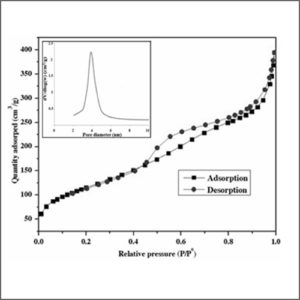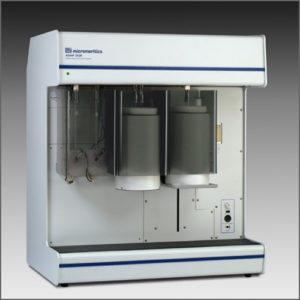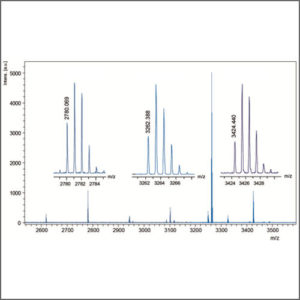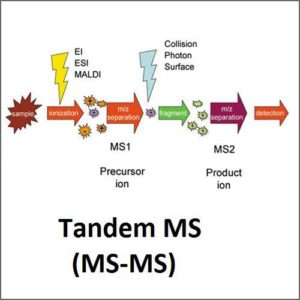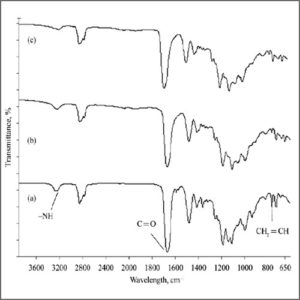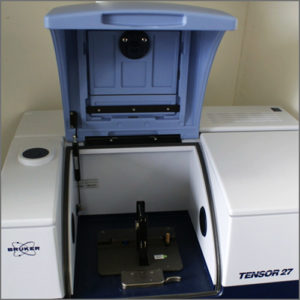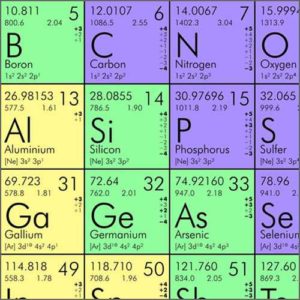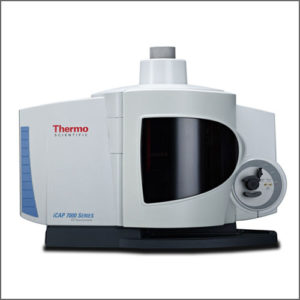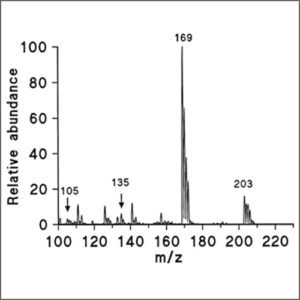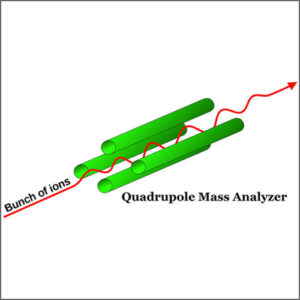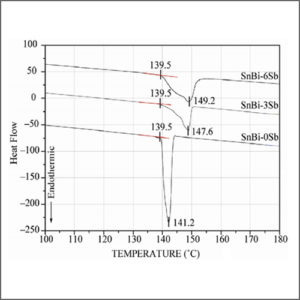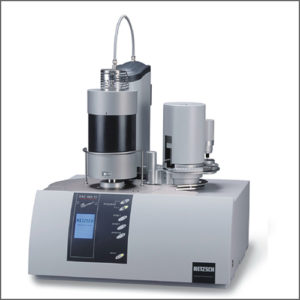Brunauer-Emmett-Teller Analyzer (BET)
Brunauer-Emmett-Teller analyzer is the most common method for determining the surface area and pore size distribution of powders and porous materials.
- Description
| Testing Method | Brunauer-Emmett-Teller Analyzer (BET) |
| Description |
Brunauer-Emmett-Teller (BET) analysis provides precise evaluation on specific surface area and pore size distribution of materials. Prior to analysis, the sample must be preconditioned to remove physically bonded impurities from the surface of the powder in a process called degassing or outgassing. This is typically accomplished by applying elevated temperature to the sample in conjunction with vacuum or continuously flowing inert gas. This process must be carefully controlled and monitored in order to generate the most accurate and repeatable results.
The specific surface area of a material is then determined by the physical adsorption of a gas (typically nitrogen, krypton, or argon) onto the surface of the sample at cryogenic temperatures (typically liquid nitrogen temperatures). Once the amount of adsorbed gas has been measured (either by a volumetric or continuous flow technique), calculations which assume a monomolecular layer of the known gas are applied. Evaluation of the BET surface area must be done in the linear region of the BET plot, which could be systematically evaluated using the Rouquerol transform.
Pore size distribution is calculated by Barret–Joyner–Halenda (BJH) method independent of external area due to particle size of a material. |
| More Information | Wikipedia: BET Theory |

